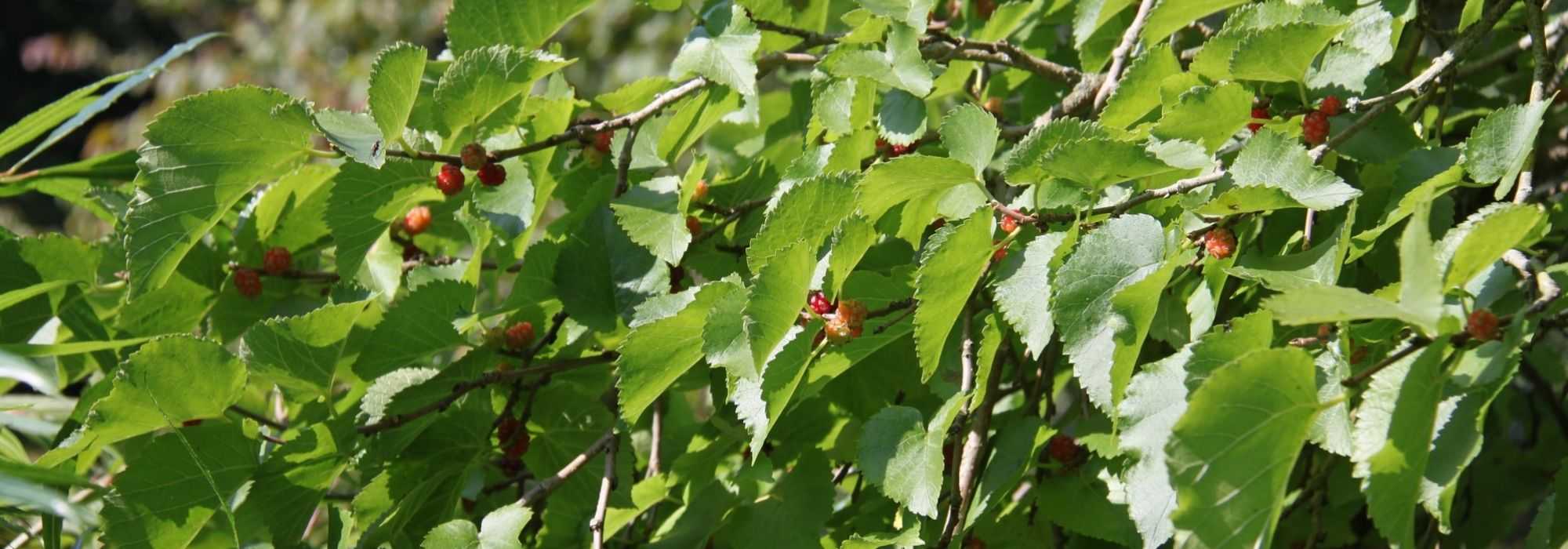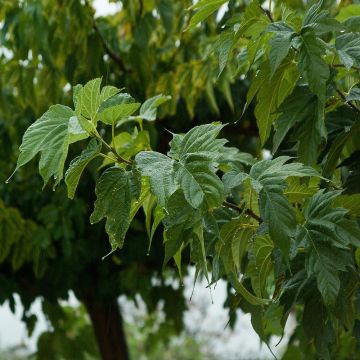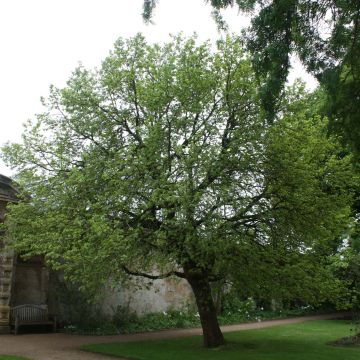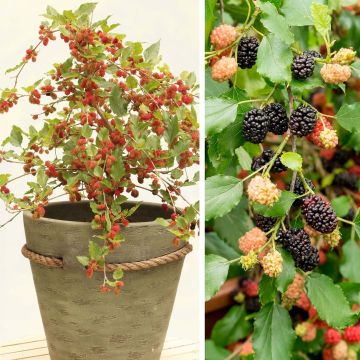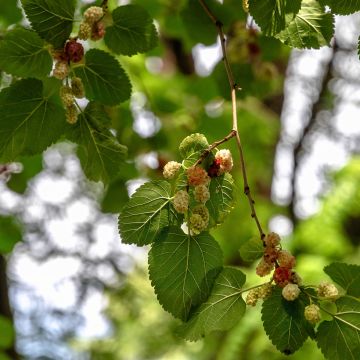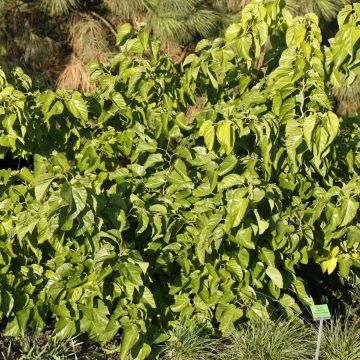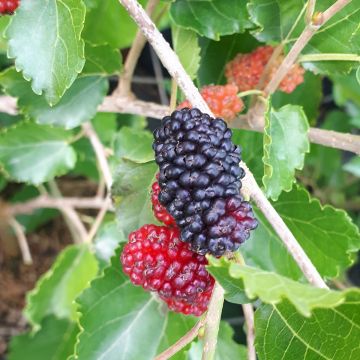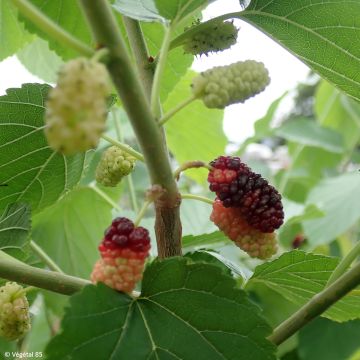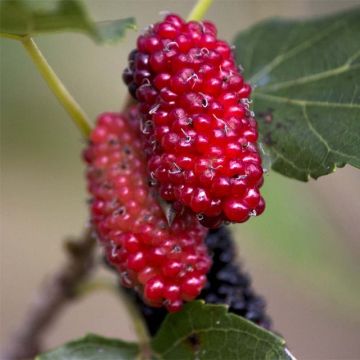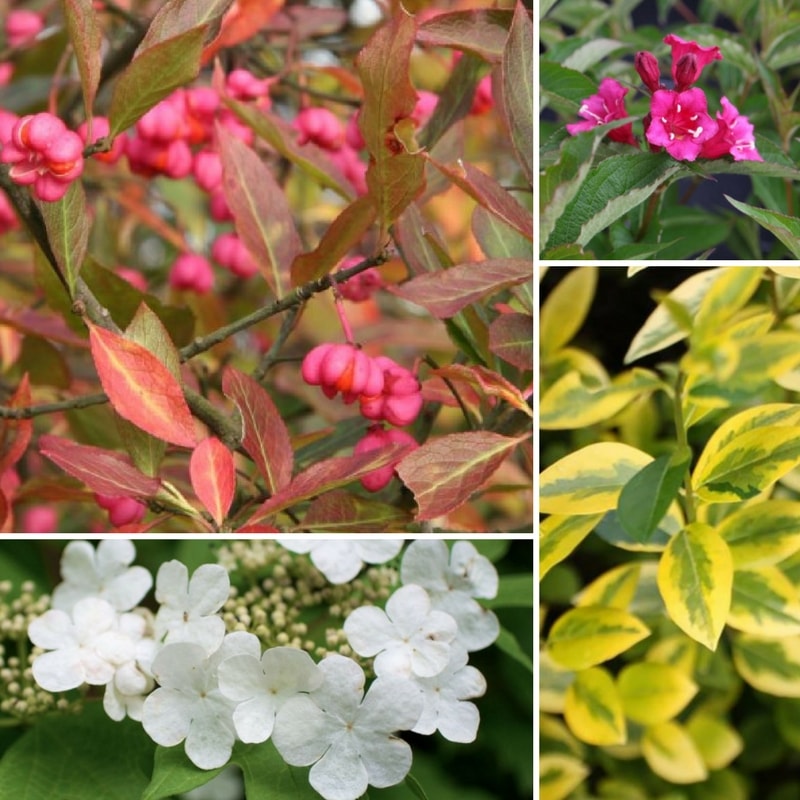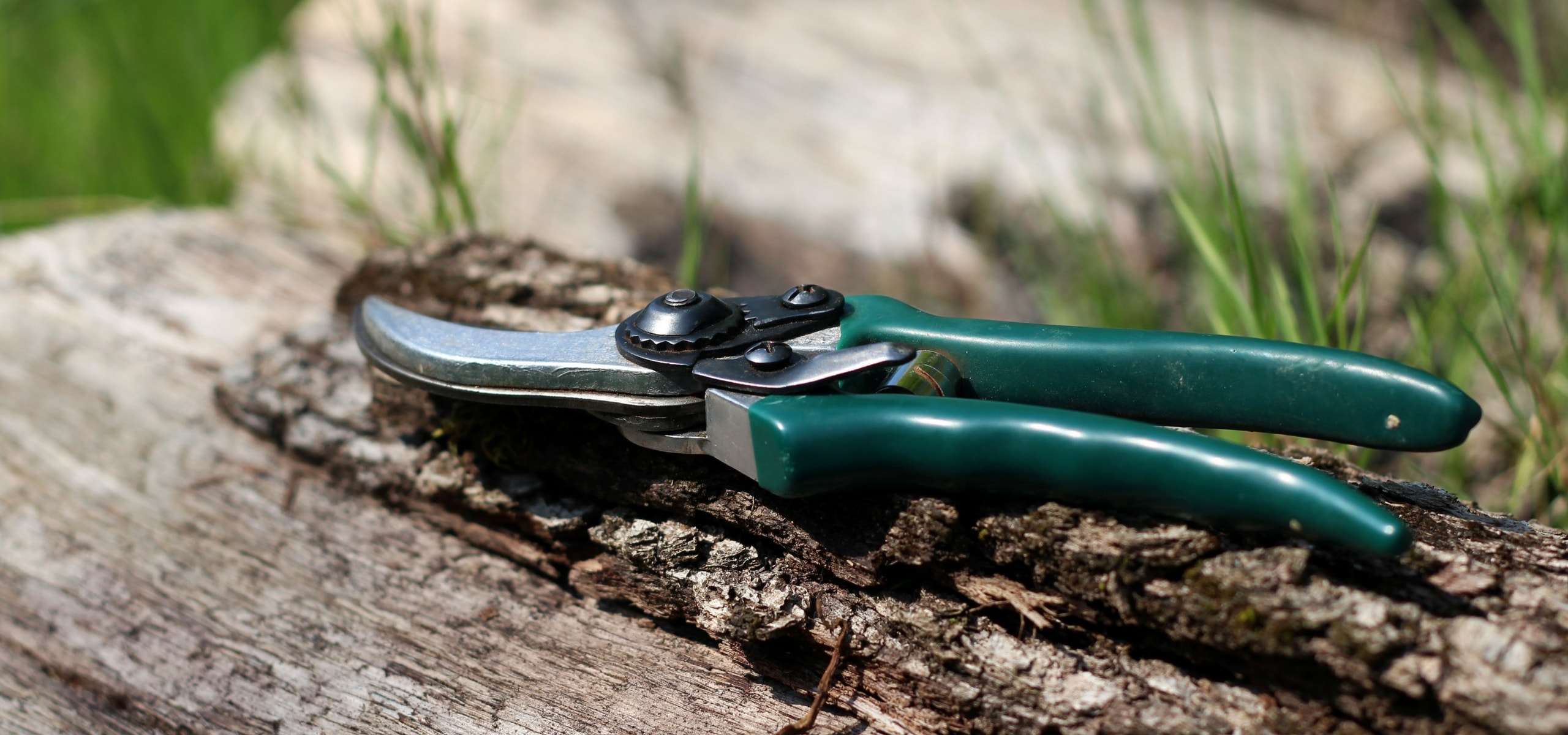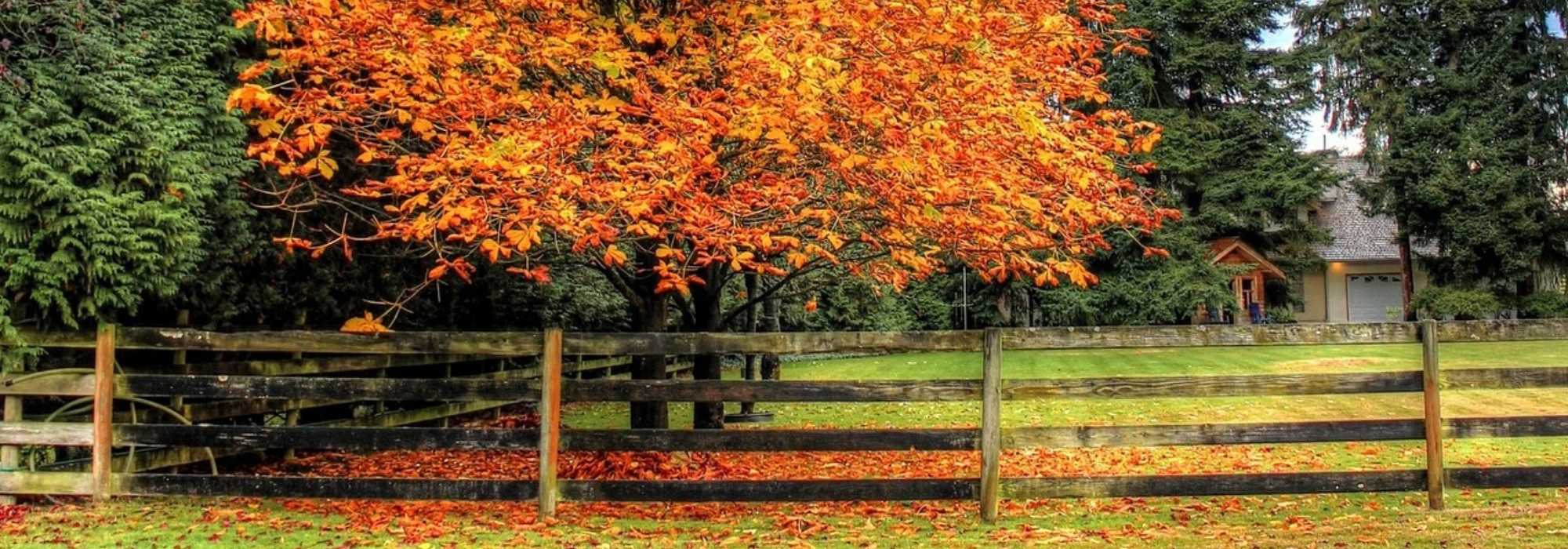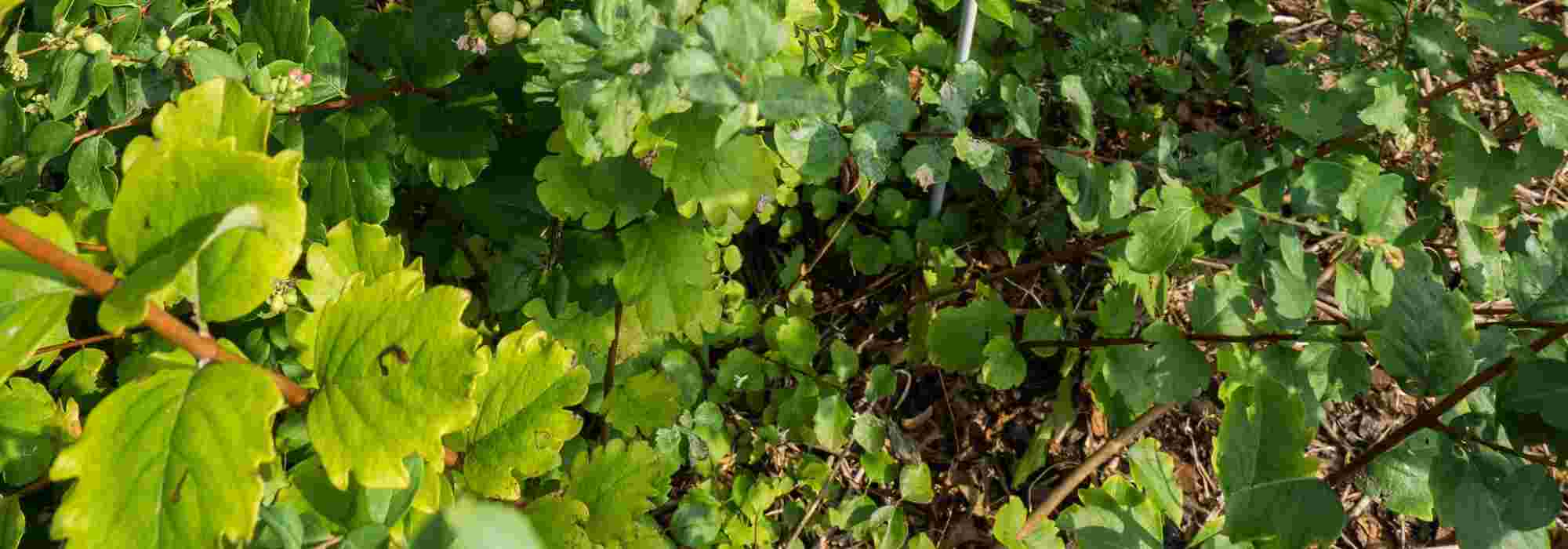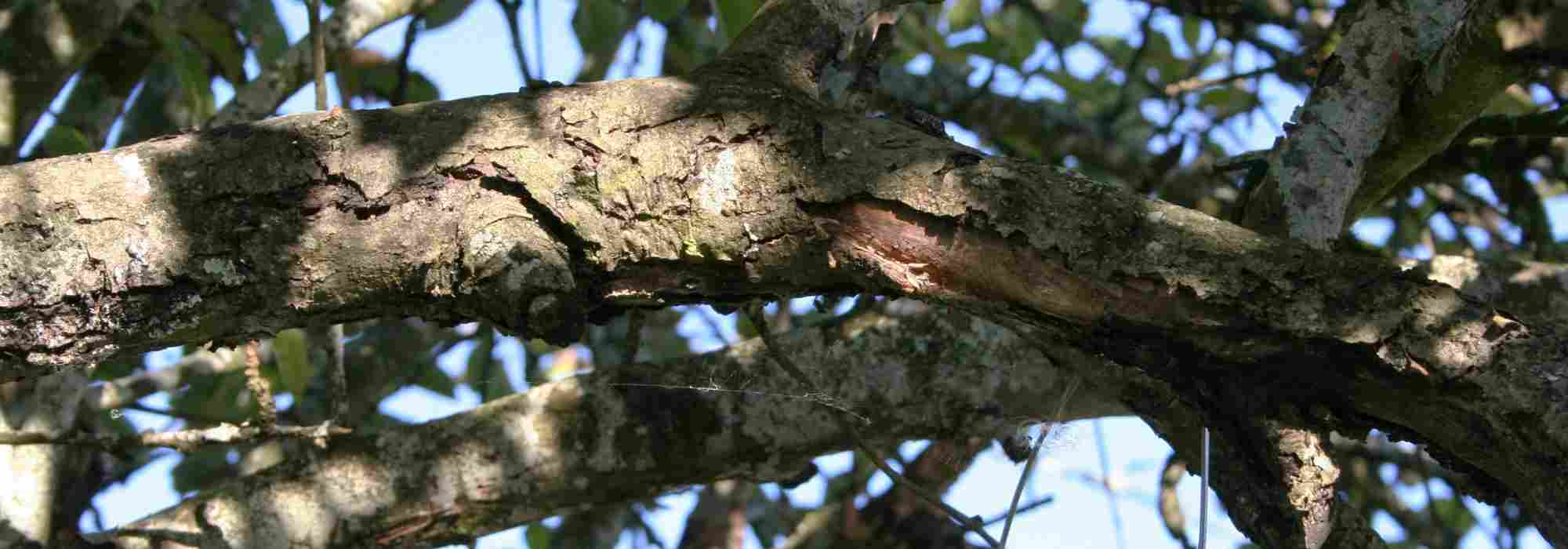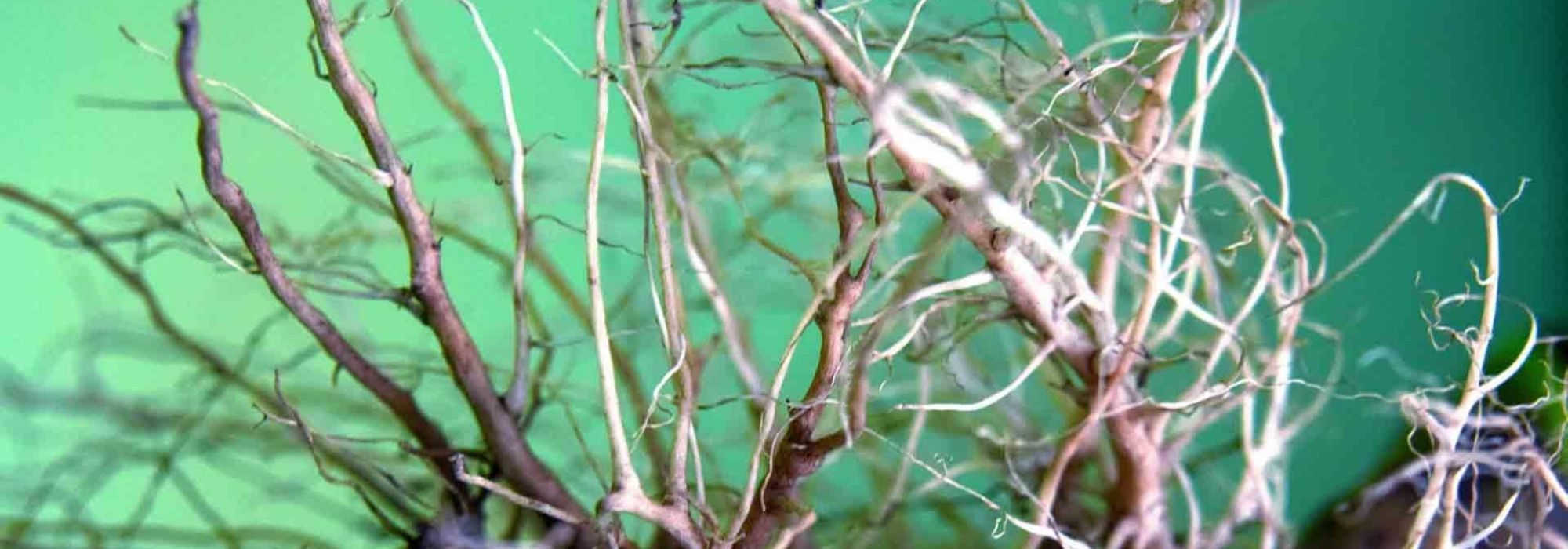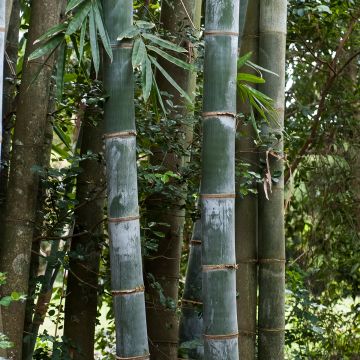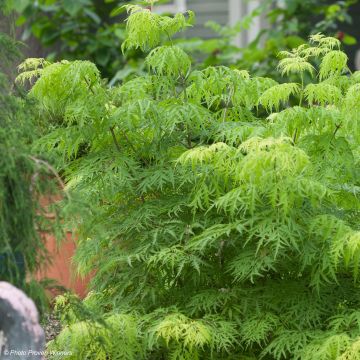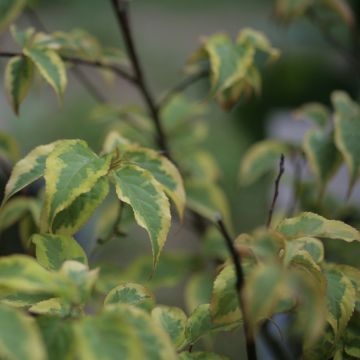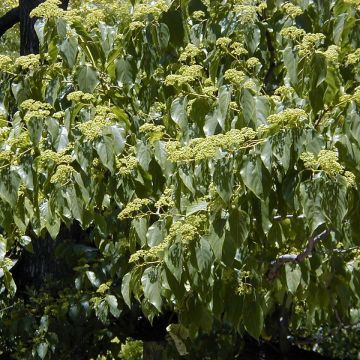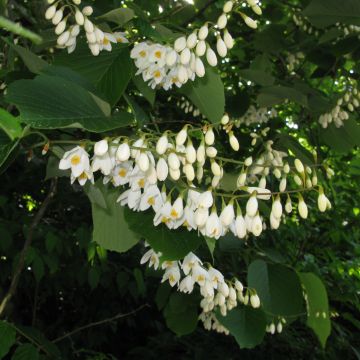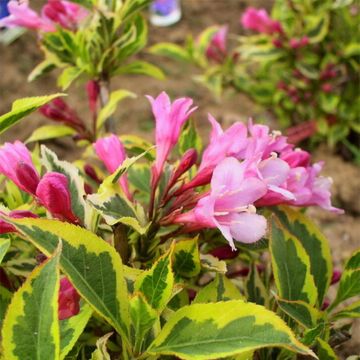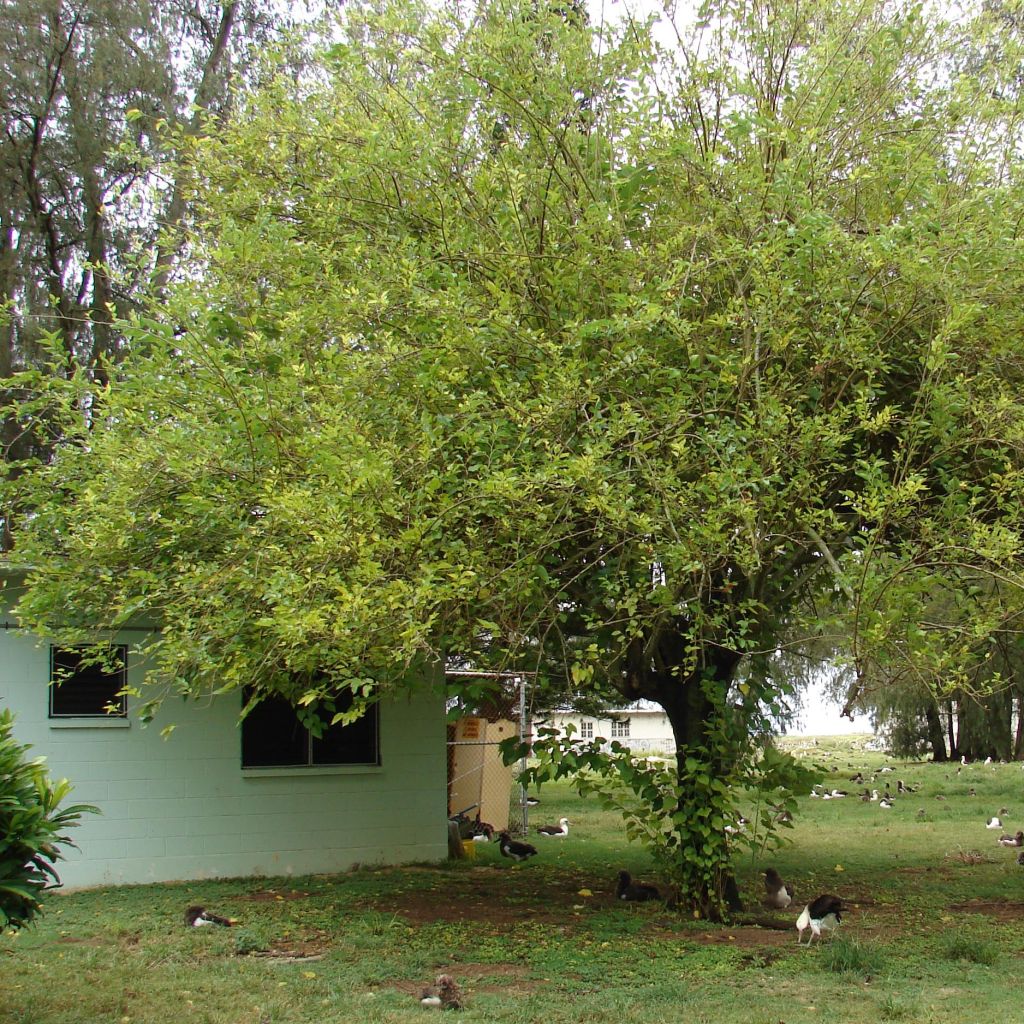

Morus alba - Mullberry
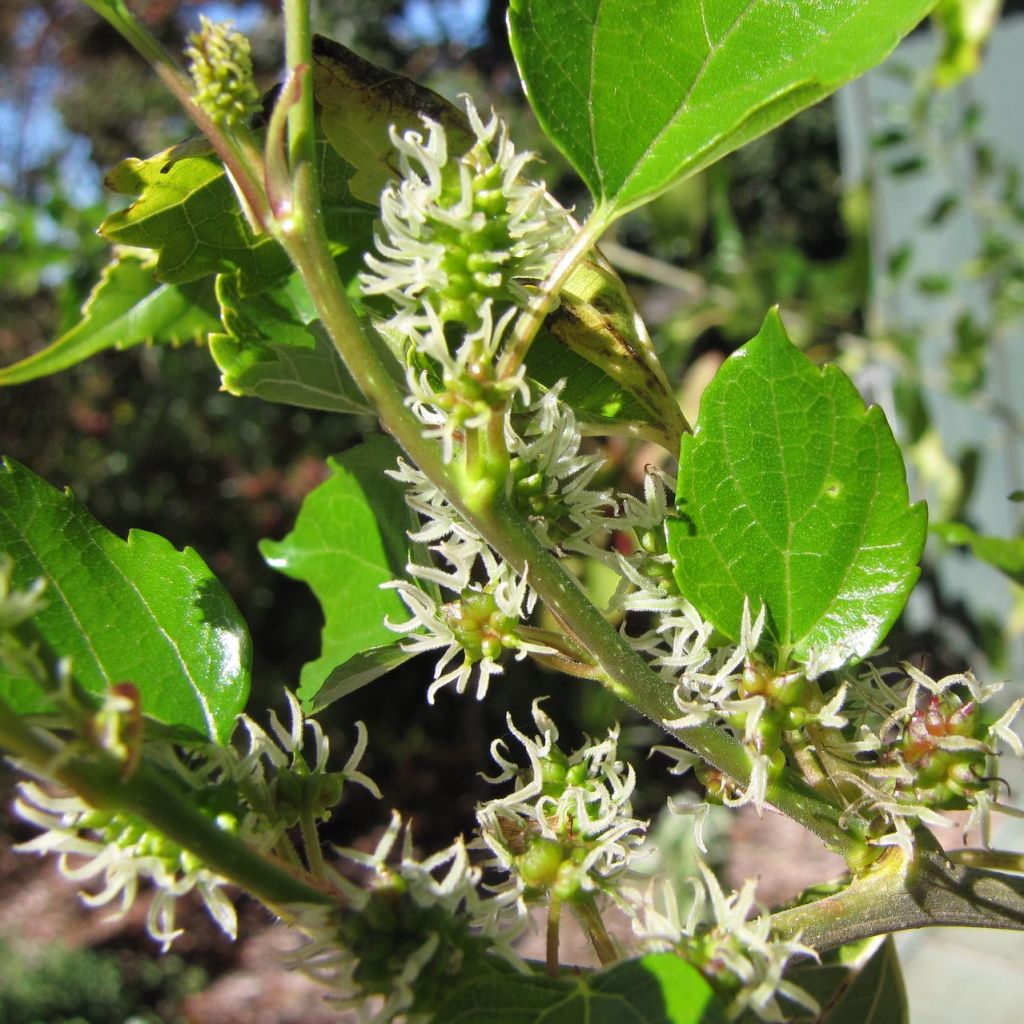

Morus alba - Mullberry
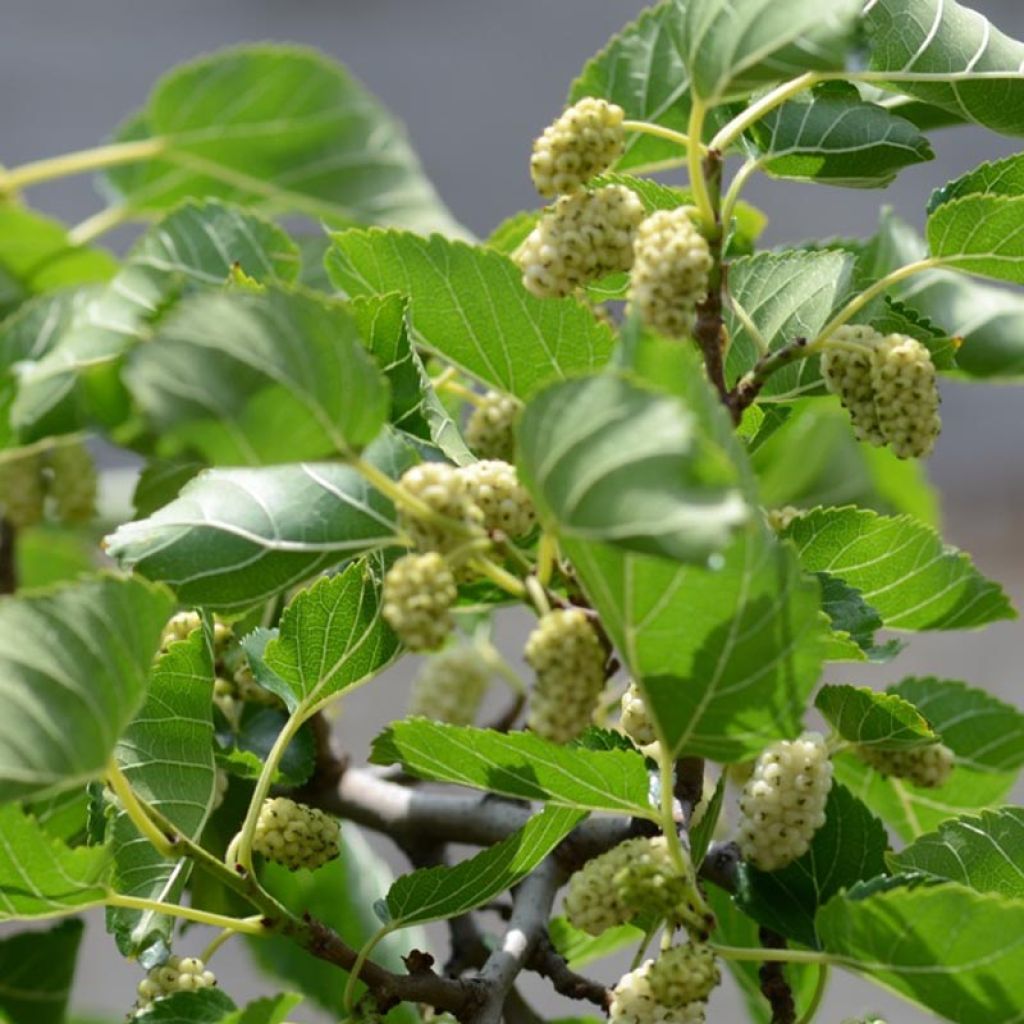

Morus alba - Mullberry
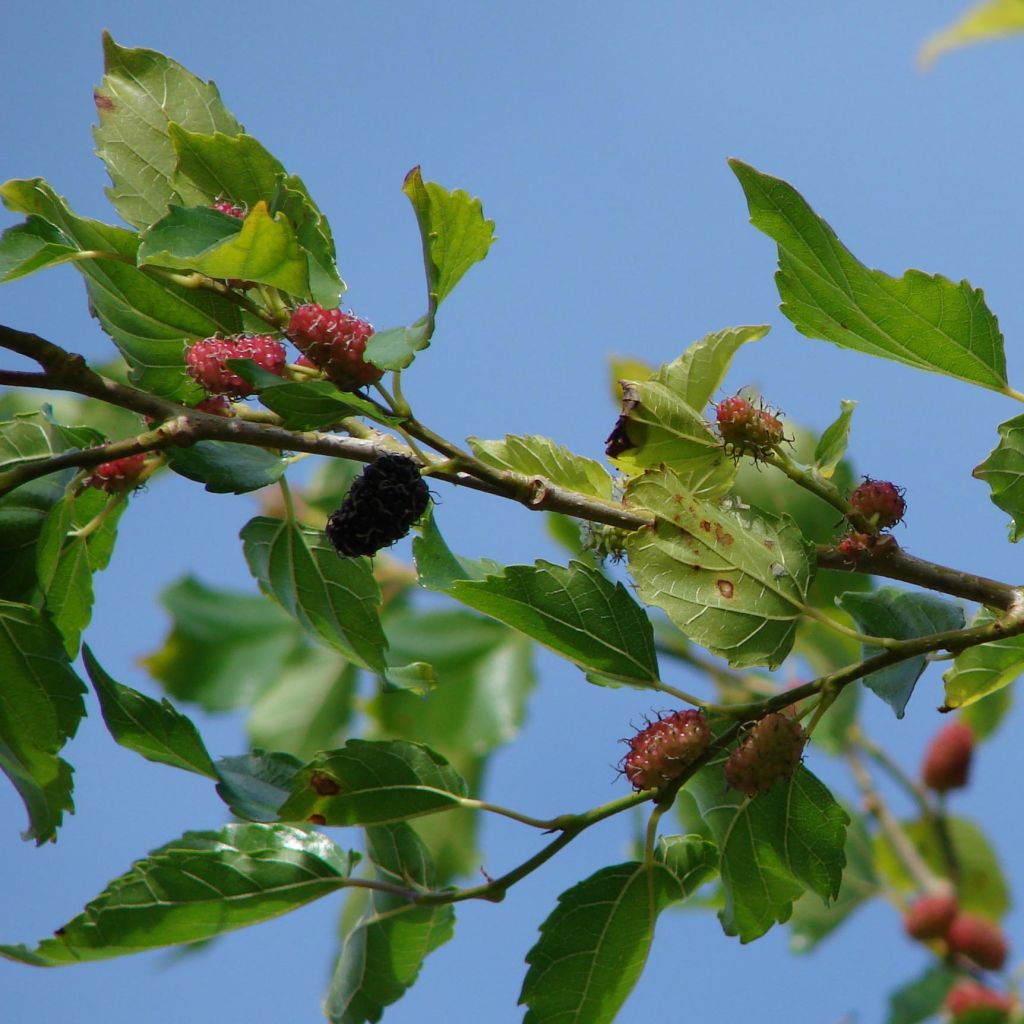

Morus alba - Mullberry
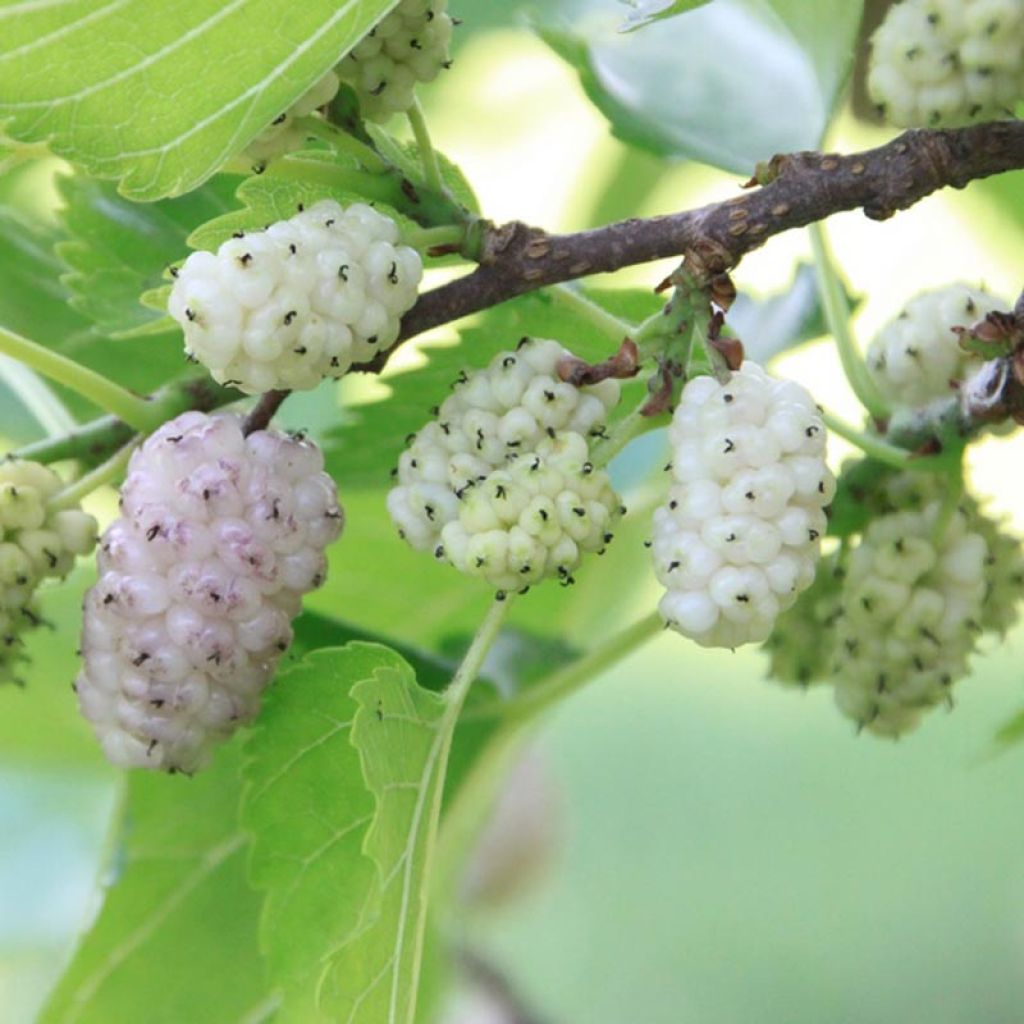

Morus alba - Mullberry
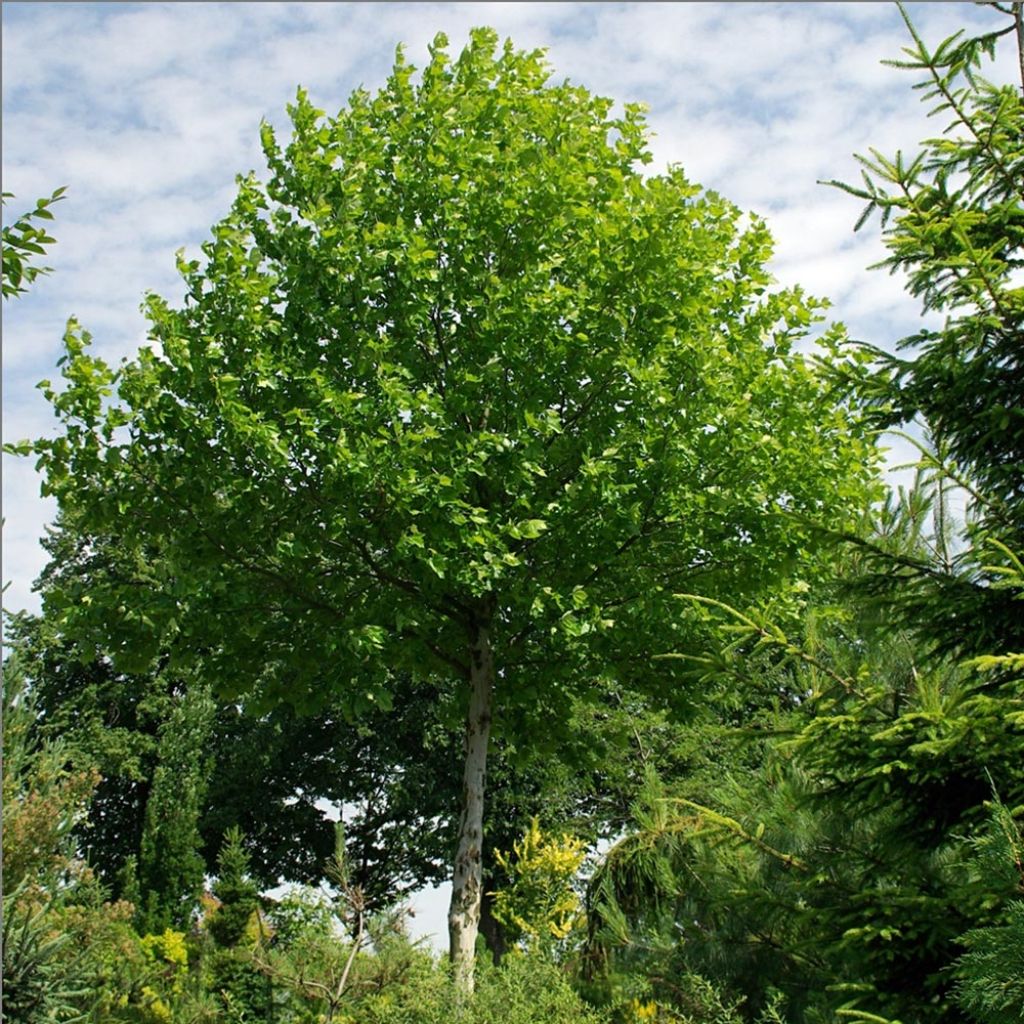

Morus alba - Mullberry
Morus alba - Mullberry
Morus alba
White Mulberry, Common Mulberry
The young plant was well protected, but the leaves are yellow and half wilted. For the price and at the same time it was a gift for my sweetheart, very disappointed. I don't think I will recommend buying plants from you. Moreover, the rose bush I had ordered arrived at someone else's place and also arrived in the same condition. Yours sincerely, Mr Leroy Ludovic
Ludovic , 12/09/2023
Special offer!
Receive a €20 voucher for any order over €90 (excluding delivery costs, credit notes, and plastic-free options)!
1- Add your favorite plants to your cart.
2- Once you have reached €90, confirm your order (you can even choose the delivery date!).
3- As soon as your order is shipped, you will receive an email containing your voucher code, valid for 3 months (90 days).
Your voucher is unique and can only be used once, for any order with a minimum value of €20, excluding delivery costs.
Can be combined with other current offers, non-divisible and non-refundable.
Home or relay delivery (depending on size and destination)
Schedule delivery date,
and select date in basket
This plant carries a 24 months recovery warranty
More information
We guarantee the quality of our plants for a full growing cycle, and will replace at our expense any plant that fails to recover under normal climatic and planting conditions.
Would this plant suit my garden?
Set up your Plantfit profile →
Description
Morus alba, or White Mulberry, also known as Common Mulberry, is an excellent shade tree. It bears dense and luxuriant deciduous foliage, which is pale green turning to golden yellow in autumn. It produces white to pinkish-red, even blackish fruits, which are harvested at the end of spring. They are edible and juicy, but have a slightly bland taste. Morus alba is very hardy (up to -28° C (-18.4° F)), and resistant to heat and drought. It has a powerful root system and prefers deep but well-drained soils. Its leaves have been used as food for silkworms since time immemorial.
Originally from Mongolia and India, Morus alba belongs to the Moraceae family, and produces latex in its tissues, like all members of its family. This stout-looking tree has a short and thick trunk, topped with a slightly irregular spreading crown if not pruned. It is more commonly seen shaped into a rounded and compact head after pruning. Its growth is rapid during the first few years, then slows down. It can reach 10 m (32.8 ft) in all directions. Its light grey bark cracks to become thicker, then turns grey-brown. The deciduous leaves are polymorphous, meaning their appearance can be different depending on their position on the branches. They measure 6 cm to 8 cm (2.4 in to 3.1 in) in diameter, 10 cm to 20 cm (3.9 in to 7.9 in) in length, and are alternate, petiolate, either simple and cordate, or divided into 3 to 7 more or less deep lobes with an irregularly toothed margin. The shiny upper surface of the lamina is pale green turning to golden yellow in autumn. The White Mulberry develops male or female flowers in different places on the same plant in April. Its discreet flowering consists of male or female catkins composed of tiny green-yellow flowers. In June-July, the female flowers produce ovoid fleshy fruits, which are white then pinkish-purple when ripe, and 2 cm to 3cm (0.8 in to 1.2 in) in size. The fruits are edible if slightly rubbery, and highly coveted by birds. Its root system, both taproot and spreading, does not tolerate transplantations well. Its robust growth means that it should be planted at a respectable distance from buildings.
The very hardy Morus alba grows in fertile, well-worked and well-drained soil, in warm and sunny locations. It tolerates pollution well but fears the seaside and salt spray. Uncultivated lands benefit from its presence, as its leaves gradually enrich the soil every autumn. Traditionally used as an alignment tree, it can also be planted in a fruit hedge, alongside blackthorns, Mirabelle plum trees, medlars, viburnums and dogwoods, to the delight of birds. It can make a beautiful specimen, planted in isolation in the middle of a short grass lawn, or near a terrace for the beneficial shade it offers in summer, especially as its fruits do not stain the ground. It is also useful on slopes to combat soil erosion. Its leaves are used as food for silkworms and it tolerates pruning very well.
The fruits of the White Mulberry can be consumed fresh or dried.
Morus alba - Mullberry in pictures
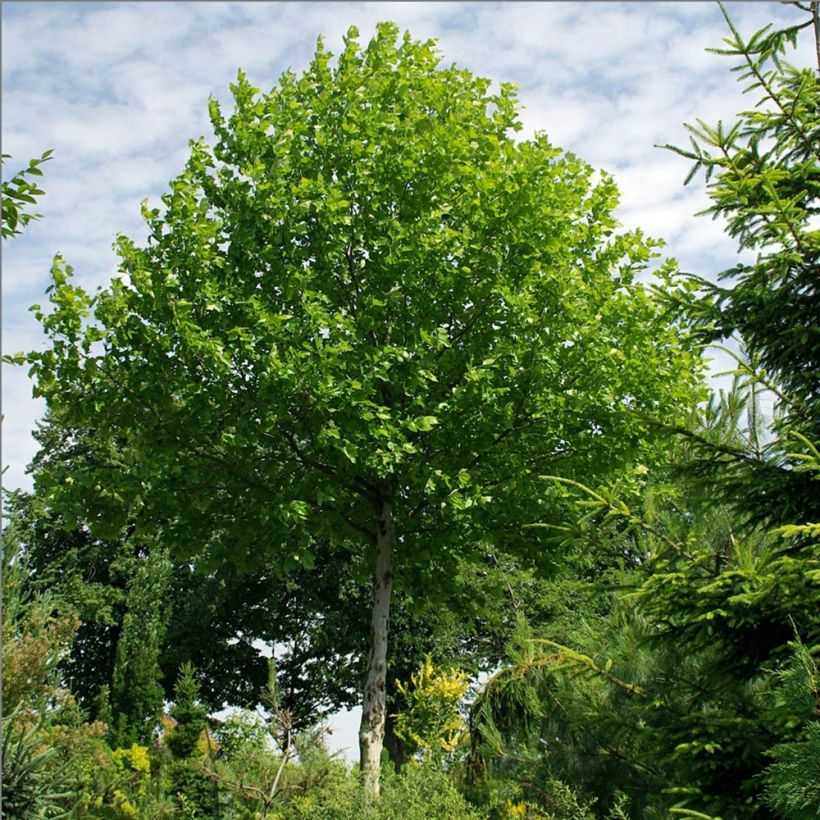

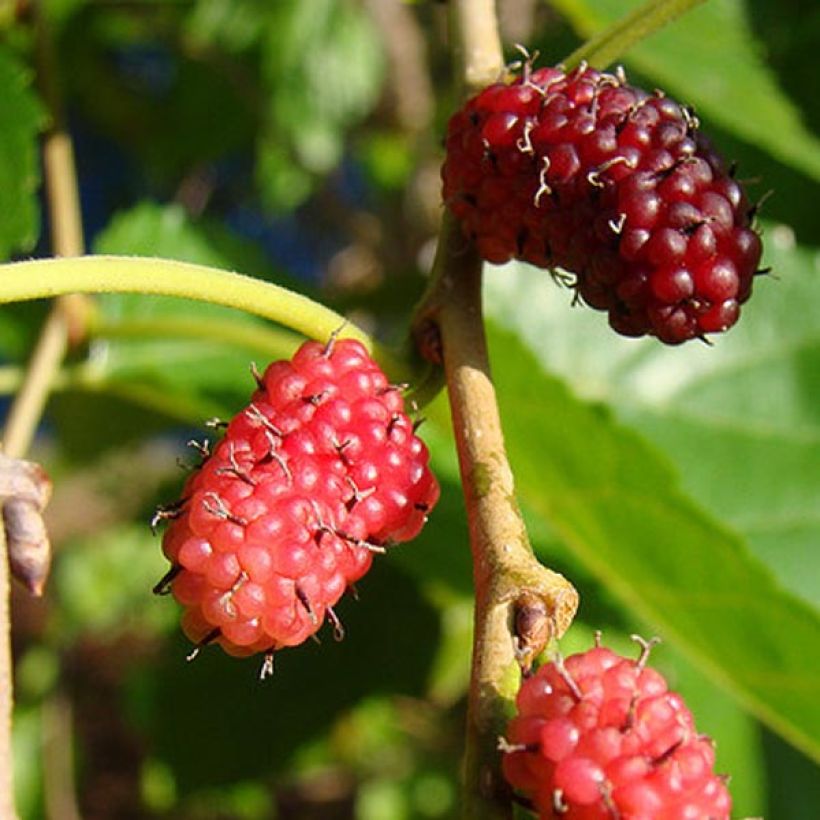

Plant habit
Flowering
Foliage
Botanical data
Morus
alba
Moraceae
White Mulberry, Common Mulberry
China
Other Morus - Mulberry
View all →Planting and care
Plant in spring or autumn in well-drained, rather fertile and deep soil, not too chalky or too acidic, and in full sun. Be careful not to damage its fleshy and brittle roots during planting. It tolerates cold weather perfectly and withstands hot and dry summers once well established. Prune to maintain a beautiful habit. It may be subject to rust, hemp or powdery mildew, in which case treat with copper.
Planting period
Intended location
Care
Planting & care advice
-
, onOrder confirmed
Reply from on Promesse de fleurs
Similar products
Haven't found what you were looking for?
Hardiness is the lowest winter temperature a plant can endure without suffering serious damage or even dying. However, hardiness is affected by location (a sheltered area, such as a patio), protection (winter cover) and soil type (hardiness is improved by well-drained soil).

Photo Sharing Terms & Conditions
In order to encourage gardeners to interact and share their experiences, Promesse de fleurs offers various media enabling content to be uploaded onto its Site - in particular via the ‘Photo sharing’ module.
The User agrees to refrain from:
- Posting any content that is illegal, prejudicial, insulting, racist, inciteful to hatred, revisionist, contrary to public decency, that infringes on privacy or on the privacy rights of third parties, in particular the publicity rights of persons and goods, intellectual property rights, or the right to privacy.
- Submitting content on behalf of a third party;
- Impersonate the identity of a third party and/or publish any personal information about a third party;
In general, the User undertakes to refrain from any unethical behaviour.
All Content (in particular text, comments, files, images, photos, videos, creative works, etc.), which may be subject to property or intellectual property rights, image or other private rights, shall remain the property of the User, subject to the limited rights granted by the terms of the licence granted by Promesse de fleurs as stated below. Users are at liberty to publish or not to publish such Content on the Site, notably via the ‘Photo Sharing’ facility, and accept that this Content shall be made public and freely accessible, notably on the Internet.
Users further acknowledge, undertake to have ,and guarantee that they hold all necessary rights and permissions to publish such material on the Site, in particular with regard to the legislation in force pertaining to any privacy, property, intellectual property, image, or contractual rights, or rights of any other nature. By publishing such Content on the Site, Users acknowledge accepting full liability as publishers of the Content within the meaning of the law, and grant Promesse de fleurs, free of charge, an inclusive, worldwide licence for the said Content for the entire duration of its publication, including all reproduction, representation, up/downloading, displaying, performing, transmission, and storage rights.
Users also grant permission for their name to be linked to the Content and accept that this link may not always be made available.
By engaging in posting material, Users consent to their Content becoming automatically accessible on the Internet, in particular on other sites and/or blogs and/or web pages of the Promesse de fleurs site, including in particular social pages and the Promesse de fleurs catalogue.
Users may secure the removal of entrusted content free of charge by issuing a simple request via our contact form.
The flowering period indicated on our website applies to countries and regions located in USDA zone 8 (France, the United Kingdom, Ireland, the Netherlands, etc.)
It will vary according to where you live:
- In zones 9 to 10 (Italy, Spain, Greece, etc.), flowering will occur about 2 to 4 weeks earlier.
- In zones 6 to 7 (Germany, Poland, Slovenia, and lower mountainous regions), flowering will be delayed by 2 to 3 weeks.
- In zone 5 (Central Europe, Scandinavia), blooming will be delayed by 3 to 5 weeks.
In temperate climates, pruning of spring-flowering shrubs (forsythia, spireas, etc.) should be done just after flowering.
Pruning of summer-flowering shrubs (Indian Lilac, Perovskia, etc.) can be done in winter or spring.
In cold regions as well as with frost-sensitive plants, avoid pruning too early when severe frosts may still occur.
The planting period indicated on our website applies to countries and regions located in USDA zone 8 (France, United Kingdom, Ireland, Netherlands).
It will vary according to where you live:
- In Mediterranean zones (Marseille, Madrid, Milan, etc.), autumn and winter are the best planting periods.
- In continental zones (Strasbourg, Munich, Vienna, etc.), delay planting by 2 to 3 weeks in spring and bring it forward by 2 to 4 weeks in autumn.
- In mountainous regions (the Alps, Pyrenees, Carpathians, etc.), it is best to plant in late spring (May-June) or late summer (August-September).
The harvesting period indicated on our website applies to countries and regions in USDA zone 8 (France, England, Ireland, the Netherlands).
In colder areas (Scandinavia, Poland, Austria...) fruit and vegetable harvests are likely to be delayed by 3-4 weeks.
In warmer areas (Italy, Spain, Greece, etc.), harvesting will probably take place earlier, depending on weather conditions.
The sowing periods indicated on our website apply to countries and regions within USDA Zone 8 (France, UK, Ireland, Netherlands).
In colder areas (Scandinavia, Poland, Austria...), delay any outdoor sowing by 3-4 weeks, or sow under glass.
In warmer climes (Italy, Spain, Greece, etc.), bring outdoor sowing forward by a few weeks.






























